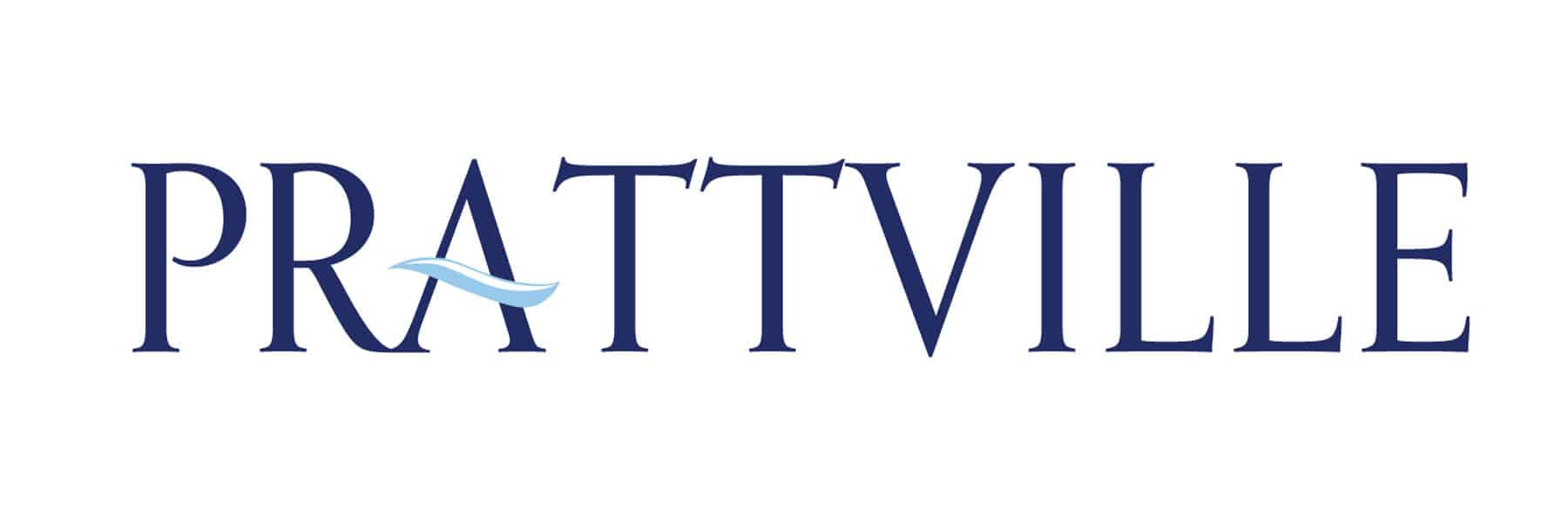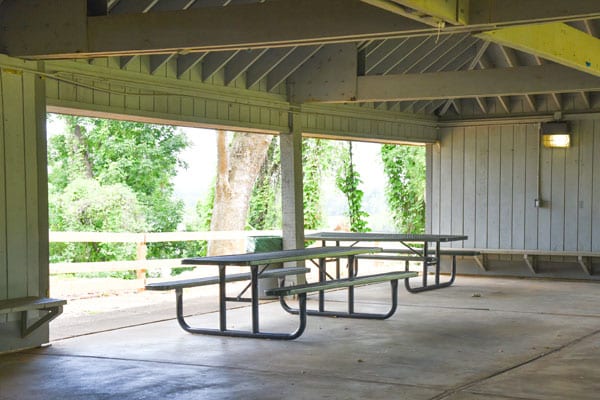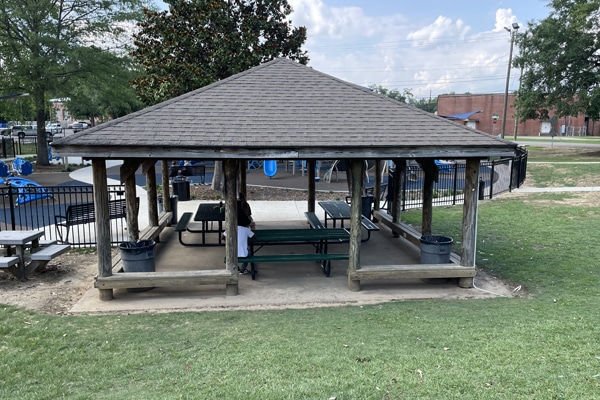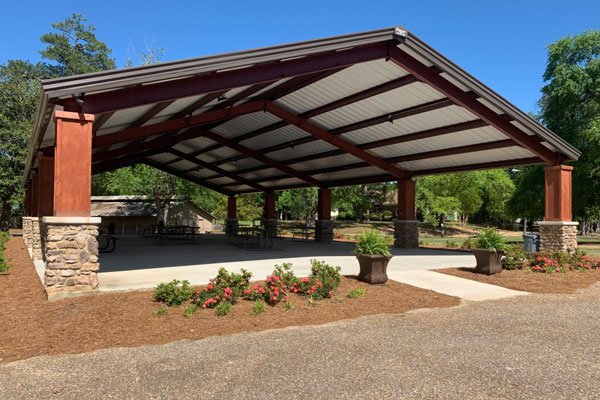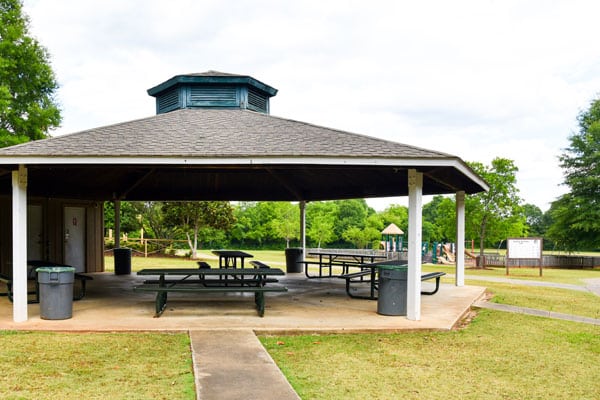NEIGHBORHOOD TRAFFIC CALMING POLICY
The Neighborhood Traffic Calming Policy is intended to aid citizens in resolving traffic problems in residential areas. This policy has been formed to encourage citizen involvement in neighborhood traffic management activities. Issues such as reducing the average speed of traffic and minimizing vehicular traffic on local neighborhood streets require careful study.
The following procedures are considered typical for receiving, responding to, and managing citizens’ requests for traffic management on their streets or in their neighborhoods. Variations in this process may be approved by the Prattville City Council when deemed appropriate due to unique circumstances.
When a neighborhood representative contacts City staff to discuss neighborhood traffic problems or concerns, the representative will be asked to complete a traffic calming request form and submit it to the City Engineer’s office. Once the application has been submitted, the City Engineer will evaluate the need for a traffic calming device and, if one is warranted, will determine the type of device to be installed.
If physical traffic calming measures are warranted, a neighborhood petition from the “affected area” is required, and the City Engineer will notify the representative of this additional requirement. The “affected area” is defined as those properties along streets expected to receive traffic calming measures, those streets whose access is substantially dependent upon the streets to be calmed, and any streets expected to receive significant increase in traffic volume or type as a result of the traffic calming measures installation. The City Engineer shall be responsible for final approval of the “affected area” to be petitioned.
Once the completed petition reflecting a positive response has been returned, the City Engineer will make the final recommendation to the City Council Street Committee. The City Council Street Committee will place the item on the agenda for consideration by the City Council. If approved by the City Council, the project will be scheduled for construction by the Engineering Department.
The Traffic Engineering Division of the Engineering Department will perform any necessary data collection and analysis to assess and quantify the traffic and safety conditions in the neighborhood. The Engineering staff will identify the tentative study area, collect preliminary information from their files and other potentially affected agencies, and complete any needed traffic analysis. The following guidelines will be used in evaluating the magnitude of traffic and safety problems, potential for improvement using traffic calming techniques, and establishment of priorities for project implementation.
A. Minimum Vehicular Volume
Traffic volumes on residential streets will determine the appropriate traffic calming measures as follows:
- Less than 4000 vehicles per day: Education; Enforcement; Increased police enforcement for traffic violations (i.e. speeding); and Physical Measures.
- More than 4000 vehicles per day: Education; Enforcement; Increased police enforcement for traffic violations (i.e. speeding); Alternative actions only – no physical measures.
B. Speed
The ideal, acceptable, and not acceptable traffic speeds on local streets are as follows:
| Ideal | Acceptable | Not Acceptable | |
| Vehicle Speed (MPH) | <25 | 30 | >35 |
C. Cut Through Traffic
A vehicle that detours through a neighborhood for the convenience of decreasing the amount of time it takes to reach a destination is known as cut through traffic. The volume of cut through traffic is typically quantified by estimating the expected traffic generated by a neighborhood based on the Institute of Transportation Engineers (ITE) Trip Generation Land Use 210-Single Family Housing. The expected daily volume is divided by the actual daily traffic volume to calculate the percent of cut through traffic.
| Classification | Acceptable | Not Acceptable |
| Local Street | 0% - 25% | ≥ 25% |
| Collector Street | 0% - 50% | ≥ 50% |
D. Accidents
Accident problems are considered significant when there are 3 or more reported accidents, including pedestrian, bicycle and auto accidents, along a residential street or within a neighborhood during a period of twelve consecutive months.
E. Street Grades and Alignment
Traffic calming measures are not typically installed on streets with grades exceeding 8%, or where a combination of vertical and horizontal alignment would result in inadequate stopping sight distance for motorists encountering traffic calming measures.
F. Transit, School, and Emergency Routes
Traffic calming measures are not typically installed on streets serving as designated transit routes or primary emergency access routes
Traffic Calming Measures:
Utilizing the information gathered from analysis and speed studies, the City Engineer will determine the type of device to be installed.
Table 1 lists speed requirements and recommended devices that could be used to address speeding. These devices are in order from less intrusive to more intrusive. No traffic calming device will be recommended for any collector or arterial street as shown on the Major Street Plan or any street with a traffic volume of over 4000 vehicles per day.
Table 1
| 85th Percentile* Speed Above Posted Speed | Traffic Calming Device Recommended |
| 0-10 MPH | No Device Recommended |
| 11-20 MPH | Street Narrow or Surface Roughing |
| 21 MPH and above | Speed Table or combination of devices |
Project Design and Implementation:
When a proposed technique is approved, the City Engineer will prepare a petition package to be circulated by the Applicant. The petition will include the name and address of each of the property owners in the affected area as well as the description and detail of the proposed technique. The Applicant can pick up the petition package or arrange to have it mailed.
It is the responsibility of the representative to circulate the petition within the affected area. The petition must be delivered (in a legally accepted manner) or offered to all property owners in the affected area. A positive response must be obtained by sixty-six (66%) percent or more of the total number of properties in the affected area to proceed further with the traffic calming project design and implementation. The petition must be returned to the City Engineer within three (3) months of receipt of the petition package by Applicant. At the request of the representative, the City will circulate the petition in the form of mail-out postcards. A positive response of sixty-six (66%) percent or more must still be achieved. Those properties that do not submit a response after three (3) attempts by the City will be counted as a negative response.
Any neighborhood that does not meet the traffic calming warrant outlined in this manual may request City Council approval to circulate a petition for installation of a physical device. This petition shall require a positive response of eighty (80%) percent or more for installation of the device to be considered by City Council.
The installation cost of calming techniques may be shared with the City and the neighborhood requesting the technique. If the City’s standard materials are used, there will be no cost to the neighborhood. If decorative or non-standard measures are desired, the neighborhood will incur the additional cost for the specialty items.
Glossary of Terms:
Traffic Calming - a means in which to reduce traffic speeds.
85th Percentile Speed - the speed in which 85 percent of the vehicles are traveling at or below.
Street Narrowing - a traffic calming device consisting of a median or traffic circle to narrow the roadway.
Surface Roughing - a traffic calming device consisting of rumple strips and/or stamped asphalt on concrete in the roadway.
Speed Tables - traffic calming device consisting of a raised section of roadway.
Contact:
Robby Anderson
City Engineer
City Hall Annex
- 102 West Main Street Prattville, AL 36067
Hours:
- 8:00 a.m. - 5:00 p.m.

